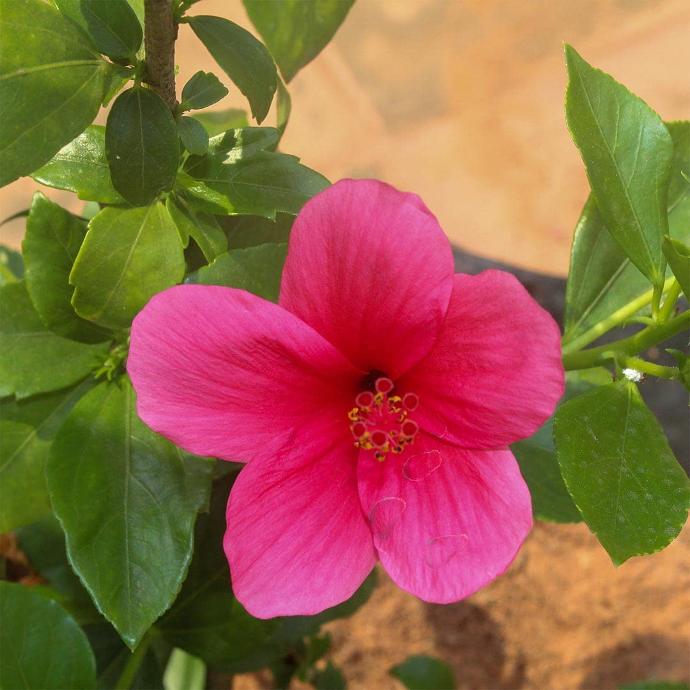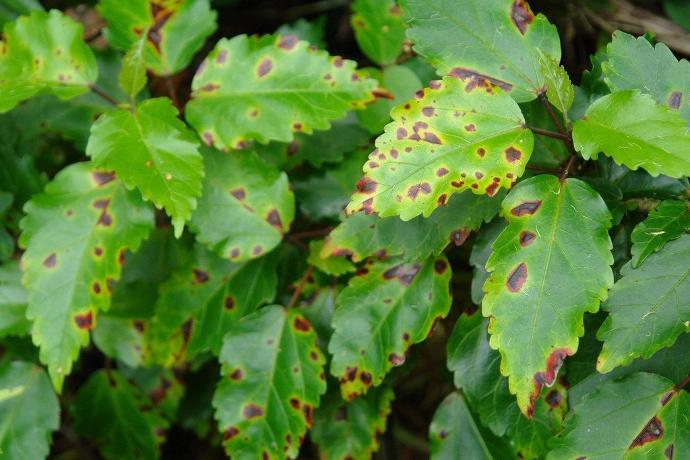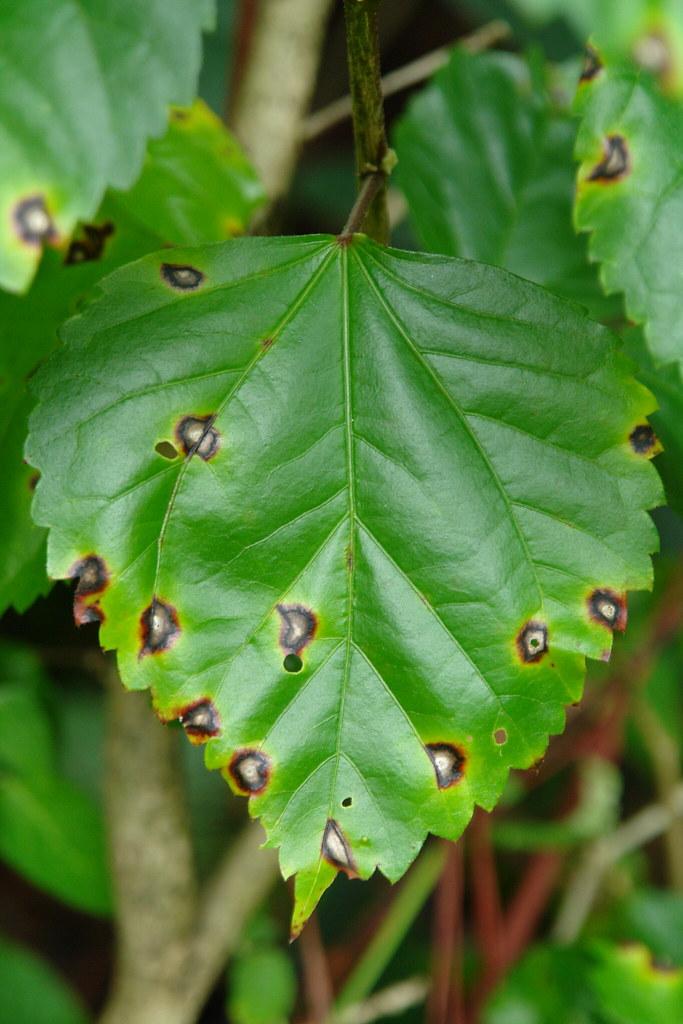Viceroy Mandara Plant
Viceroy Mandara, possibly referring to a specific plant variety, may have varying care requirements. Generally, provide well-draining soil, appropriate sunlight, and regular watering. Pruning and fertilizing practices may vary based on the specific characteristics of this plant. 
Habit
Shrub
Height
3 to 4 m
Growth
slow
Soil
Well-drained, Sandy Loam
Shade
Full Sun to partial shade
Moisture
Moist
Edible
No
Medicinal
No
Origin
India, Sri Lanka
Climatic Condition
Tropical, Subtropical
Temperature (°)
25°C to 35°C
Humidity (%)
60% to 80%
Potting media
50% Loam, 40% Sand, 10% Compost
Fertilizers
Organic Fertilizer
Watering
Regular watering
Plant Weight
5 to 10 kg
Flowering Time
Spring to Summer
Soil Ph level
6.0 to 7.5
Water Ph level
6.0 to 7.0
Soil EC
0.5 to 0.8 mS/cm
Yield Per Plant
20 to 40 kg per plant
NPK ratio
10:10:10
life Span
10 to 20 years
Health Benefits
Medicinal, Aromatic
Suggested Grow Media or Potting Mix ?
50% loamy soil, 30% compost, 20% sand
Suggested Fertigation/Fertilizers
Fertilize every 4 weeks with a balanced fertilizer.
Common Diseases and Remedies
Leaf spot .
Necrotic spots appear on the leaf.
Remove the effected part and destroy and avoid watering.
HEALTH BENEFITS
1. Antioxidant Properties
Hibiscus is rich in antioxidants, such as beta-carotene, vitamin C, and anthocyanin, which help combat free radicals in the body. These compounds play a role in reducing oxidative stress, potentially lowering the risk of chronic diseases.
2. Blood Pressure Regulation
Consuming hibiscus tea has been associated with lowering both systolic and diastolic blood pressure. This effect can be beneficial for individuals with mild hypertension.
3. Cholesterol Management
Some studies suggest that hibiscus may help reduce levels of LDL (bad) cholesterol and triglycerides, while increasing HDL (good) cholesterol. This lipid-regulating effect supports cardiovascular health.
4. Liver Health Support
Research indicates that hibiscus extract may enhance liver function by increasing the production of detoxifying enzymes and reducing liver damage. This supports the liver's role in processing fats and filtering toxins.
5. Weight Management
Hibiscus tea has been linked to weight loss benefits, including reduced body weight, body fat, and body mass index. It may aid in boosting metabolism and inhibiting the absorption of starch and glucose.
6. Antimicrobial and Anti-Inflammatory Effects
Hibiscus exhibits antimicrobial properties, helping to combat certain bacteria and fungi. Its anti-inflammatory effects can also assist in reducing inflammation in the body.
What Is An Viceroy Mandara Tree?
The Emissary Mandara, experimentally known as Tabernaemontana divaricata, is a tropical plant valued for its fragrant, white, star-molded blossoms and reflexive, dim green leaves. Local to Southeast Asia, it commonly develops as a bush or little tree, arriving at levels of up to 8 feet. The plant blossoms consistently, with each bloom radiating a sweet, lovely fragrance, making it a #1 in nurseries and scenes. In customary medication, different pieces of the Emissary Mandara are utilized for their helpful properties. Generally speaking, it is esteemed for its elaborate magnificence, wonderful scent, and simplicity of development in warm environments.

What Are The Different Types Of Mandara Plants?
1. Tabernaemontana divaricata 'Flore Pleno'
This assortment includes twofold blossoms, giving it a more full appearance.
2. Tabernaemontana divaricata 'Alba
Known for its unadulterated white blossoms, this assortment is valued for its style.
3. Tabernaemontana divaricata 'Crispa'
This type has wavy or crinkled edges on its leaves, adding surface to the plant.
4. Tabernaemontana divaricata 'Variegata'
Portrayed by its variegated leaves, including shades of green and white, this assortment adds visual interest to the nursery.
5. Tabernaemontana divaricata 'Plena
Like 'Flore Pleno', this cultivar additionally has twofold blossoms, making a lavish, sprouting show.
.

What Are The Different Types Of Mandara Plants?
1. Location
Emissary Mandara plants flourish in warm, heat and humidities and are normally developed outside. They favor full to halfway sun and well-depleting soil. These plants are delicate to cold temperatures and ought to be shielded from ice. In locales with colder winters, they can be filled in compartments and brought inside during the colder months. As far as soil, a rich, natural blend that holds some dampness however is well-depleting is great. Standard watering is significant, particularly during dry periods, however it's fundamental not to overwater, as this can prompt root decay.
2. Sunshine
Emissary Mandara plants favor an area with full to fractional sun. This implies they ought to get no less than 4-6 hours of direct daylight each day. In more sweltering environments, they might profit from some midday shade to safeguard them from extreme daylight. It's fundamental to give satisfactory daylight to these plants to guarantee sound development and bountiful blooming
3. Soil
Emissary Mandara plants favor well-depleting, somewhat acidic to nonpartisan soil. A rich, natural soil blend that holds some dampness however doesn't become waterlogged is great. Adding fertilizer or very much spoiled compost to the dirt can work on its ripeness and surface, giving a decent developing climate to the plants. It's likewise smart to mulch around the foundation of the plant to assist with holding dampness and stifle weeds. Stay away from weighty mud soils, as they can prompt waterlogging, which can be hindering to the plant's wellbeing.
4. Hydration
Emissary Mandara plants require ordinary watering, particularly during dry periods. In any case, it's significant not to overwater, as this can prompt root decay. The dirt ought to be kept equally damp yet not waterlogged. Watering on more than one occasion per week, contingent upon the climate and soil conditions, is typically adequate. During blistering, dry climate, the plant might require more successive watering. It's smart to water the plant at the base, instead of above, to try not to wet the foliage, which can prompt illness. Applying a layer of mulch around the foundation of the plant can assist with holding dampness in the dirt.
5. Nourishment
Emissary Mandara plants benefit from ordinary taking care of to help sound development and blooming. A decent, water-solvent compost formed for blooming plants can be applied each 4 a month and a half during the developing season (spring through fall). Abstain from over-preparing, as this can prompt unreasonable foliage development to the detriment of blossoming. It's likewise really smart to integrate natural matter, like fertilizer or very much decayed compost, into the dirt every year to work on its richness and construction.

6. Issues
Normal bugs that can influence Emissary Mandara plants incorporate aphids, scale bugs, and bug vermin. These irritations can be controlled with insecticidal cleanser or neem oil. Emissary Mandara plants can be inclined to contagious illnesses like fine buildup, particularly in muggy circumstances. Great air flow around the plant and trying not to above water can assist with forestalling these infections. Fungicidal splashes might be vital on the off chance that a parasitic contamination happens.
What are the Benefits of Mandara Plants ?
1. *Ornamental value*: Emissary Mandara plants are valued for their appealing, fragrant blossoms and polished foliage, pursuing them a well known decision for nurseries and scenes.
2. *Fragrance*: The blossoms of the Emissary Mandara plant radiate a sweet, wonderful fragrance, adding to their allure in gardens and open air spaces.
3. *Attracts pollinators*: The fragrant blossoms of the Emissary Mandara plant draw in pollinators, for example, honey bees and butterflies, which can assist with advancing biodiversity in the nursery.
4. *Medicinal uses*: Different pieces of the Emissary Mandara plant are utilized in conventional medication for their helpful properties, including treating fevers, migraines, and skin conditions.
FAQs About Growing Mandara
1. how to keep up with emissary Mandara plant?
Keep the dirt equally damp, yet all the same not waterlogged. Water when the top inch of soil feels dry, and lessen watering throughout the cold weather months.
2. what are the purposes of emissary Mandara plant?
It is principally developed for its decorative worth, with its appealing, fragrant blossoms and polished foliage settling on it a well known decision for nurseries and scenes.
3. might I at any point develop emissary Mandara plant indoor ?
Furnish the plant with brilliant, circuitous daylight. A south-or west-bound window is great. On the off chance that regular light is inadequate, you can enhance with a develop light.
4. can I grow viceroy Mandara plant indoor ?
Feed the plant with a balanced, water-soluble fertilizer formulated for indoor plants every 4-6 weeks during the growing season (spring through fall).
5. which is the best pot for growing viceroy Mandara plant?
You can shop for Viceroy Mandara plants at local nurseries, garden centers, or plant shops that carry tropical plants. Additionally, you may find them at online plant retailers and marketplaces. When purchasing online, be sure to check the seller's reviews and ratings to ensure you are getting a healthy plant.

